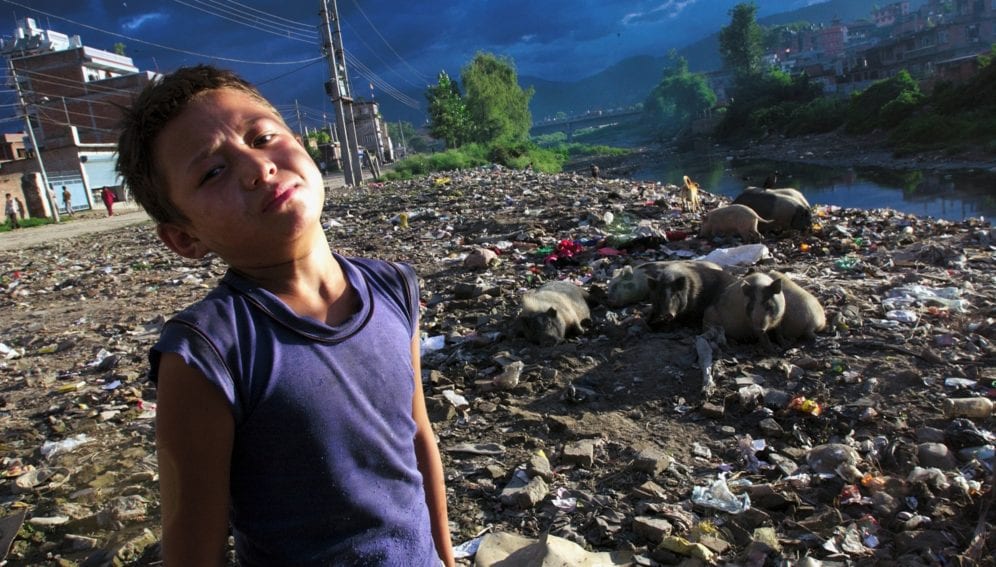By: Smriti Mallapaty
Send to a friend
The details you provide on this page will not be used to send unsolicited email, and will not be sold to a 3rd party. See privacy policy.
[KATHMANDU] Solid waste generated by the demolition of buildings rendered unsafe by the 25 April earthquake is adding to the Nepali capital’s already acute refuse disposal problem.
According to the government’s Solid Waste Management Technical Support Centre (SWMTSC), the recent seismic events in Nepal will create four million tonnes of demolition waste, which is 11 times more than what the Kathmandu valley currently handles in one year.
“We need to come up with solutions to reuse the material and reduce the environmental and economic cost of reconstruction,” says Sumitra Amatya, executive director of the SWMTSC, which supports local bodies in managing solid waste.
In 2013, Kathmandu generated 457 metric tonnes of waste per day of which 63 per cent was organic waste, nine per cent paper, and five per cent glass, according to the Central Bureau of Statistics. Most of this waste is collected and disposed at a cost of US$ 2.71 per person per year, compared to 0.66 in Accra, 1.46 in Dhaka and 1.77 in Chennai.
A study to be published in Habitat International in October places blame for the failure to manage solid waste in Kathmandu, over the last four decades, on donor-funded projects that were too technical or landfill focused. It calls for local, bottom-up solutions.
“The only solution that has been passed on to civic society is that waste should be collected, transported and dumped somewhere, whether on a landfill or along the river bank,” says Mohan Dangi, assistant professor at California State University, Fresno, and lead author of the study. “We need to invest more in the other functional elements of waste management, including generation, source segregation, recovery and processing.”
The study assesses projects supported by Germany, India and Japan in 1970—2010. Formal aid for solid waste management by Germany from 1978 to 1993 saw a compost plant constructed along the banks of the Bagmati river in Teku and a permanent landfill in Gokarna projected to last 200 years. However, the landfill was shut down in 1993 due to environmental concerns from leachate runoff and public complaints of odour.
A large landfill compactor, purchased to break down bulky material, did not work well because a large proportion of the waste was unsuitable organic matter. In 1993—1994, India donated 53 large machines, including hydraulic tippers, dumper placers and jetting and suction vehicles. A third of this equipment could not even enter Kathmandu’s narrow streets and now lies idle.
In 2004, the government secured further assistance from Japan to construct a temporary landfill in Sisdol, more than 25 kilometres away, and a permanent landfill at Banchare Danda, which is said to pose a risk to an adjacent river.
Dangi recommends greater involvement of informal scavengers and waste-pickers, non-governmental organisations and the private sector in managing waste. “We need to diversify and develop an integrated approach,” he says.














